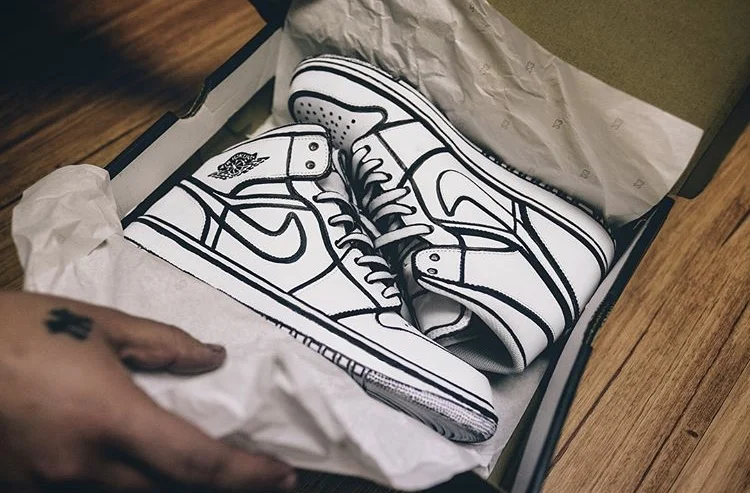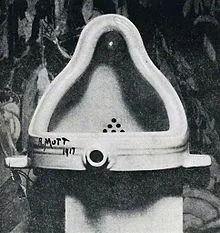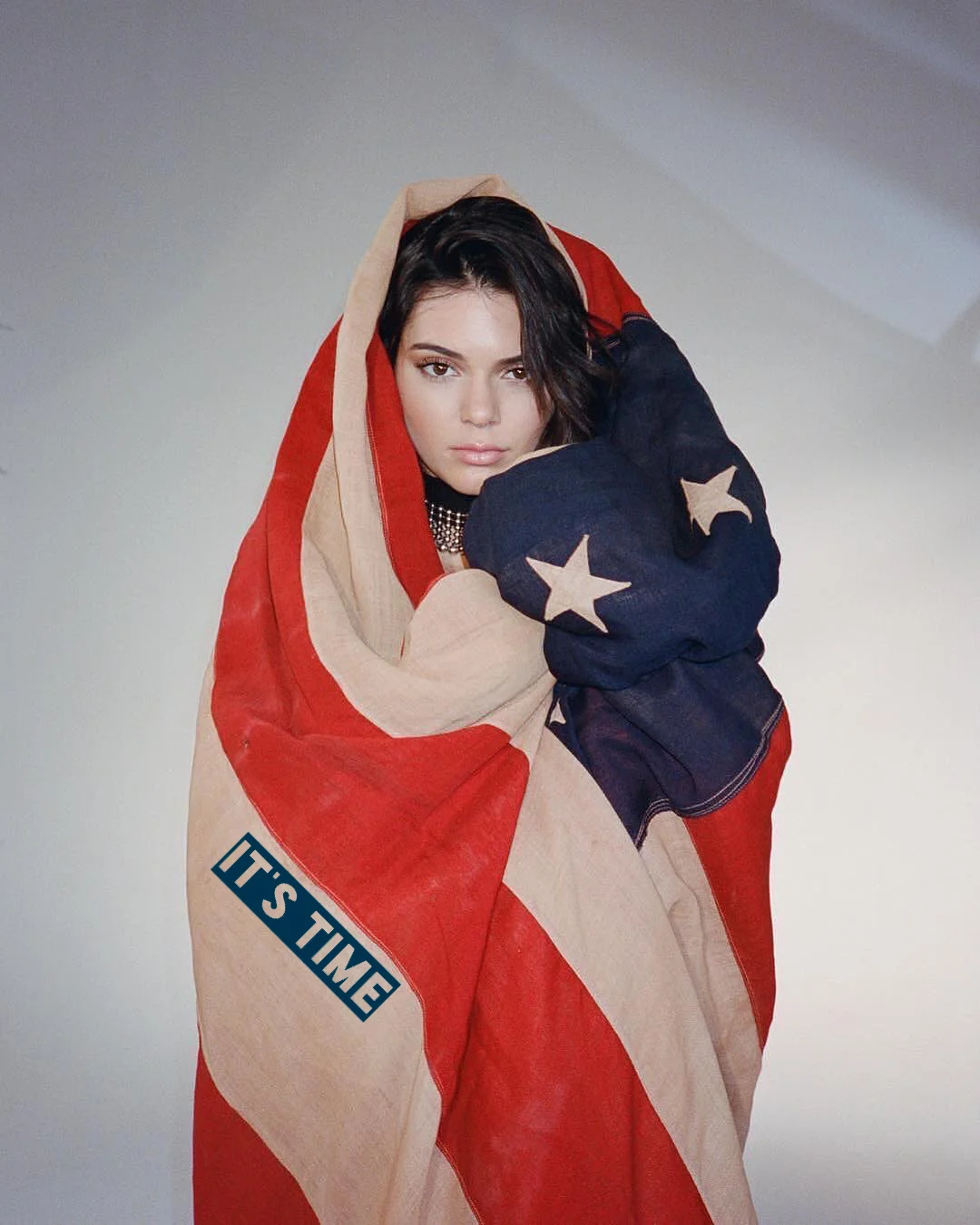Something Borrowed
-SJB
4 min read
In December 2016, the internet went into a frenzy, buzzing like Williamsburg hipsters over the newest independent film. Ava Nirui, more commonly known as Avanope, had graciously released ten of her custom hoodies for sale. The amount of hoodies in stock, barely bordering on a double-digit quantity, caused a fashion uproar. They were swiped by streetwear fanatics, and appeared on eBay for resale within minutes.
The Avanope hoodie is a Champion hoodie, on which she stitches “Gucci,” around the famous Champion logo, the “C.” The style is cheeky, presumptuous, and most definitely questionable.
Avanope isn’t a plagiarist, nor is she your sister, the pathological clothing thief. She merely uses the well-known Champion hoodie as a template for her own design.
Logistics aside, Avanope’s hoodies were gone faster than a girl you offended at dinner who said she’ll be right back. Customers found her designs creative, despite her use of another company’s hoodie and logo.
In a time when coveted styles are created with borrowed templates, what does authenticity mean? From fashion to music to art, every piece seems to be derived from something before it.
In today’s world, does originality still exist?
Avanope isn’t alone in the template-borrowing business. Joshua Vides, a designer with 124,000 followers on Instagram, is known for his quirky and unique designs. He paints items white, and then outlines them with a black sharpie to create a pop-art effect.
In January, HighSnobiety wrote an article reviewing his work, focusing on Vides’s painting and outlining of a pair of Nike’s Air Jordan 1s. The sneakers have a subtle comic-book style, and sold quickly through Vides’s website. After completely selling out, Joshua Vides moved onto other sneakers, like Nike’s Air Force 1s, to use as a templates.
Template-borrowing is apparently catching on, but does the concept apply in other fields as well?
Billboard constantly updates their "Greatest of All Time Top R&B/Hip-Hop Albums" chart, but one album has been steadily remaining in place, like an Olympics athlete that wins year after year. One of the newest albums on the list, J. Cole's 2014 Forest Hills Drive continuously holds its place at #27. Music experts praise J. Cole for his creativity and bold work, but it’s not certain that he deserves all the credit.
“Wet Dreamz,” the one of the album’s top songs, samples both “Mariya” by Family Circle and “Impeach the President” by The Honey Drippers. “Apparently,” another famous song, samples Filippo Treca’s “La Morte Dell’ermina.” “A Tale of 2 Citiez” includes samples from “Blocka” by Pusha T and “Bring Em Out” by TI. And the list goes on.
When our parents and grandparents complain about the lack of originality in our generation, we usually pay them no mind. But, in examining recent trends, we can’t help but ask ourselves the same question.
Have we become a society of borrowers? Are we subservient to the “steal from the old, give to the new” mindset? Could our parents be right: has originality become extinct?
Looking back, Avanope’s design-borrowing origins can be found in 1917 New York. Known as the decade of doubt, people questioned the absolute, and the strict atmosphere of the past began to loosen. The cause behind all the commotion was a change in a devout classic: art.
The Independent Artists of the early 1900s were a society that denied art any rules or structure. Instead, they worshipped the art of uncertainty: art that blurred lines, refused limitations, and escaped the system that Raphael and Botticelli had laid out hundreds of years before.
Marcel Duchamp was a huge contributor to this movement. The most controversial act of 1917, Duchamp had submitted a piece of art to the society under a pseudonym, “R. Mutt.” The piece was a signed urinal.
R. Mutt had turned the urinal 90 degrees, rendering it to look similar to a fountain. He titled it, “Fountain.” It was as if R. Mutt had created something new, just by shifting the position of an ordinary bathroom object.
In The Blind Man, an art magazine published by Duchamp, an anonymous writer detailed the theology behind R. Mutt’s urinal piece.
The new art style was titled “readymade” art. Even though the artist did not compose all elements of the piece, the artist was still given all credit. The anonymous writer in The Blind Man explains, “Whether Mr. Mutt with his own hands made “Fountain” or not has no importance. He CHOSE it. He took an ordinary article of life, and placed it so that its useful significance disappeared under the new title and point of view – created a new thought for that object.”
It seemed that, back in 1917, originality had been given a new definition: instead of depending on actual production, originality was now reliant on ideation. The idea of turning a urinal 90 degrees suddenly mattered much more than the creator of that urinal.
Avanope’s hoodies, Joshua Vides’s sneakers, and J. Cole's 2014 Forest Hills Drive can all be described as “readymade.” By creating ideas, the borrowers are possibly more important than the creators themselves. It seems that we were always a society of borrowers, and, through time, believe that innovation breeds innovation. And Avanope must have taken some inspiration from Duchamp: for her most recent hoodie, she unstitched Champion’s logo and turned it 90 degrees.
SHARE:









